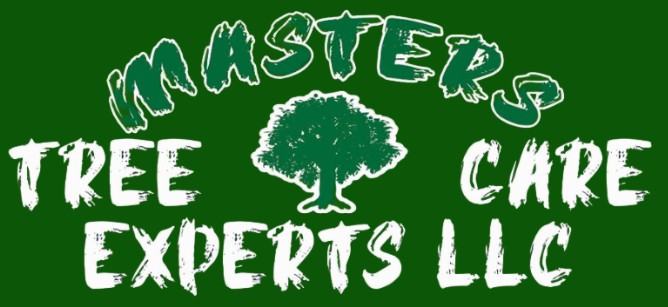Spring is prime time for yardwork in Lee’s Summit, and if tree trimming is on your to-do list, you’re not alone. Warmer temperatures and budding branches make it tempting to grab the pruning shears and dive in. But before you start cutting, there are common tree trimming mistakes that can do more harm than good. At Masters Tree Care Experts, we’ve seen how improper trimming can stress trees, stunt growth, and even pose safety risks. Here’s what to avoid this spring to keep your trees healthy and your property looking great.
Table of Contents
1. Trimming at the Wrong Time
One of the most frequent mistakes homeowners make is assuming that all trees should be trimmed in spring. While spring can be suitable for light shaping and removing damaged branches, it’s not ideal for all species or major pruning tasks.
Timing is critical because:
- Spring pruning on some trees, like maples and birches, causes excessive sap loss
- Flowering trees may lose their buds if trimmed before blooming
- Pruning too late in spring can stress trees during their most active growth period
For most deciduous trees, late winter is a better time to prune while the tree is still dormant. If you missed that window, consult an arborist to determine whether spring pruning is safe for your specific tree type.
2. Over-Pruning or Topping the Tree
More isn’t always better when it comes to trimming. Removing too much of a tree’s canopy at once can seriously weaken its structure and health.
Avoid these over-pruning mistakes:
- Topping, which involves cutting off the top of a tree, leads to weak regrowth and structural instability
- Removing more than 25% of the canopy at once can shock the tree
- Excessive thinning may make the tree more vulnerable to storm damage
Instead, focus on making strategic cuts that remove dead or problem branches without stripping the tree of its natural form.
3. Making Incorrect Cuts
A poor pruning cut doesn’t just affect the branch—it impacts the tree’s ability to heal. Unlike humans, trees don’t regenerate tissue. Instead, they seal wounds through a process called compartmentalization. This is why precision matters.
Common cutting mistakes include:
- Cutting too close to the trunk and removing the branch collar
- Leaving stubs that the tree cannot seal properly
- Using dull or dirty tools that tear the bark or spread disease
Correct technique involves cutting just outside the branch collar and using sharp, clean tools. This promotes faster healing and helps prevent infection.
4. Ignoring Tree Structure and Growth Patterns
Every tree has its own natural shape, and trimming without understanding the species can create long-term problems. For example, removing the central leader of a tree that relies on vertical growth can lead to poor form and instability.
Don’t:
- Cut randomly without observing the tree’s growth direction
- Remove structural limbs that support the tree’s balance
- Trim all limbs to the same length or shape unnaturally
Do:
- Step back and evaluate the overall structure before making cuts
- Prune with the tree’s future growth in mind
- Work with a certified arborist who understands the specific needs of your trees
5. Skipping the Safety and Health Check
Before you start trimming, inspect the tree for signs of disease, decay, or structural weaknesses. Trimming a compromised tree without addressing the root issue can accelerate decline or create dangerous conditions.
Warning signs to look for:
- Cracked or drooping limbs
- Signs of pest damage or fungal growth
- Leaning trunks or root exposure
Also, avoid trimming near power lines or overhanging structures unless you have the proper training and equipment. Tree trimming is more than just aesthetics—it’s about protecting the tree and everyone around it.
Get Expert Help from Masters Tree Care Experts
Tree trimming isn’t just a seasonal task—it’s an investment in the long-term health of your landscape. Avoiding these common mistakes can prevent damage, enhance growth, and keep your property safe. At Masters Tree Care Experts, our ISA-certified arborists bring over 20 years of experience and know-how to every job.
Whether your trees need a post-winter cleanup or a structural trim, we’re here to help. Call us today at (913) 909-9768 or visit www.masterstreecareexperts.com to schedule a consultation. Let’s keep your trees strong, safe, and thriving this spring and beyond.

